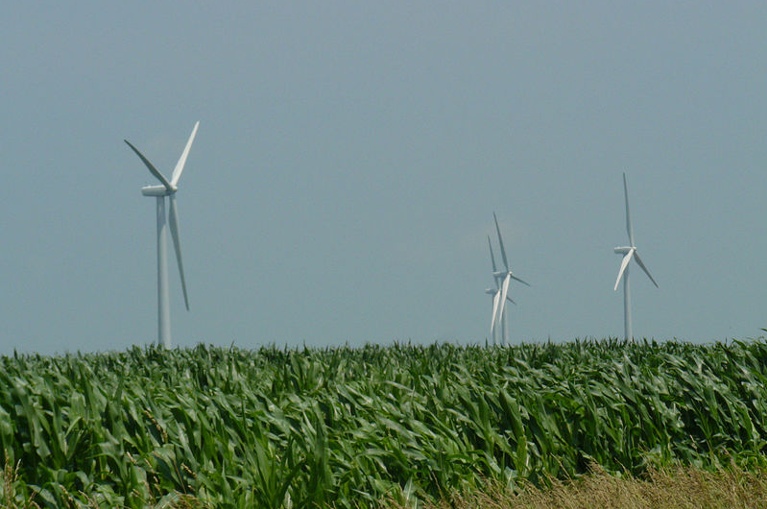Watch what people do, not what they say about renewable energy
Watch what people do, not what they say about renewable energy Resilience


Americans’ Support for Alternative Energy Sources

In a Pew Research Center poll early last year, it was found that 69 percent of American adults prioritize developing alternative energy sources, such as wind and solar, over expanding the production of oil, coal, and natural gas. Additionally, 72 percent believe that the federal government should encourage the production of wind and solar power.
The Untapped Potential of Great Lakes Wind Resources
Despite the strong support for wind power, there are currently no working wind farms in the waters of the Great Lakes, which is considered one of the best wind resources in the country. The National Renewable Energy Laboratory’s latest report on offshore Great Lakes wind resources highlights the immense potential of this area. According to the report, the Great Lakes have a potential power capacity of 160 gigawatts for fixed-bottom wind turbines and about 415 gigawatts for floating wind energy systems. This potential exceeds the annual electricity consumption in five out of eight U.S. states bordering the Great Lakes.
Wind resource assessments estimate that the Great Lakes’ potential power capacity is 160 gigawatts for fixed-bottom wind turbines and about 415 gigawatts for floating wind energy systems. That wind energy resource potential exceeds the annual electricity consumption in five out of eight of the U.S. states bordering the Great Lakes.
Further analysis of the report reveals that Wisconsin’s share of potential offshore Great Lakes wind power production could exceed six times the state’s current consumption of electricity, while Michigan’s share could exceed 18 times its current consumption. These figures demonstrate the significant renewable energy potential that remains untapped in the Great Lakes region.
The Lack of Progress in Offshore Wind Development
Despite the favorable attitudes towards wind power expressed in polls, the United States has only 30 megawatts of operating offshore wind power as of May 2023, located off the coast of Rhode Island. While there are 800 megawatts under construction off Massachusetts’ shoreline, this capacity is still relatively small compared to the total U.S. generating capacity, which exceeds 1 million megawatts.
Inside Climate News investigated the reasons behind the stalled Great Lakes wind projects. One recurring issue that emerged was the opposition to having wind turbines visible in the Great Lakes. Even projects that propose placing turbines out of sight of land face resistance due to this objection. In contrast, Europeans have become accustomed to seeing turbines along their coastlines.
The Challenges of Transitioning to Renewable Energy
The author suggests that for society to operate exclusively on renewable energy, a significant reduction in overall energy consumption would be necessary, potentially by 75 to 80 percent. This would require retrofitting buildings, implementing energy-efficient designs, banning unnecessary energy use, and imposing caps on energy consumption. However, the author acknowledges that achieving such a transition is unlikely and would involve considerable material sacrifice in the short run.
Furthermore, despite the media’s focus on renewable energy, there is no actual transition taking place. While renewable energy capacity is increasing, it is not leading to a reduction in fossil fuel use. In fact, fossil fuel consumption continues to rise.
The Need for Awareness and Action
The author believes that the lack of progress in transitioning to renewable energy is due to a lack of understanding among citizens and leaders about the severity of the risks posed by climate change and energy depletion. Even if they were aware of the scale and urgency of the problem, the author remains skeptical that they would support a real solution that requires significant sacrifices.

Join us, as fellow seekers of change, on a transformative journey at https://sdgtalks.ai/welcome, where you can become a member and actively contribute to shaping a brighter future.







